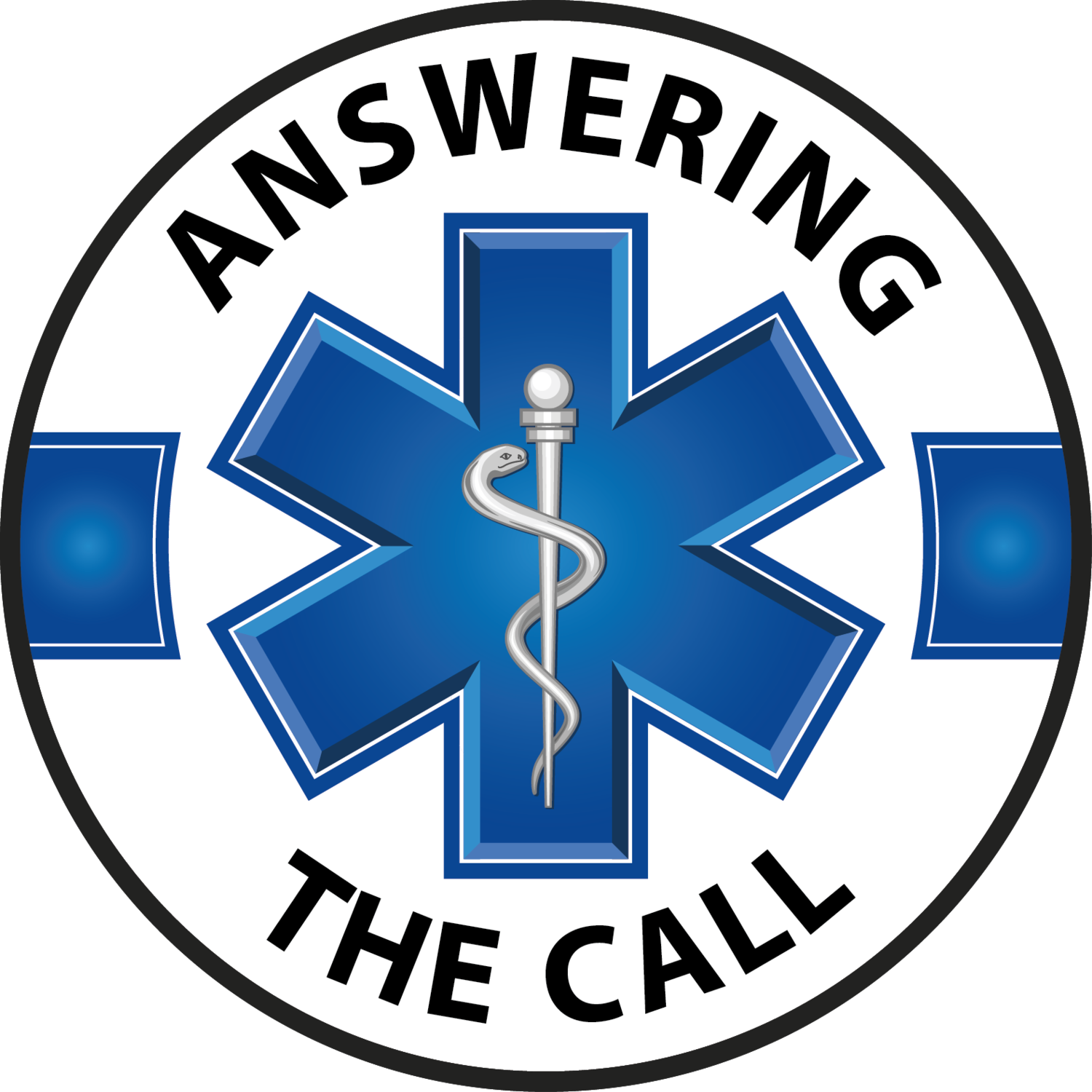Frequently Asked Questions
“56% of millennial volunteers were motivated to join because they got to meet new people who care about the same issues.”
** Open tab for National Quick Facts: EMTs and Paramedics
2015 Median Pay: $31, 980 per year, $15.38 per hour
Typical Entry-level Education: Postsecondary non-degree award
Paramedics are ranked #25 in Best Health Care Support Jobs
Job Outlook, 2014-2024: 24% growth
EMTs and paramedics held about 210,700 jobs in 2008. Most career EMTs and paramedics work in metropolitan areas. Volunteer EMTs and paramedics are more common in small cities, towns, and rural areas.
These individuals volunteer for fire departments, emergency medical services, or hospitals and may respond to only a few calls per month. Paid EMTs and paramedics were employed in a number of industries. About 45 percent worked as employees of ambulance services. About 29 percent worked in local government. Another 20 percent worked in hospitals.
How do I get started in EMS?
A: All EMS Training programs are conducted through Training Institutes that are accredited through the PA Department of Health. There are training institutes located throughout the Commonwealth.
What Kind Of Opportunities Will Becoming An EMS Practitioner Open Up For Me?
A: From volunteering with your community to working with a paid service, EMS opens all kinds of opportunities. Working as a dispatcher, becoming a member of a rescue service, working within a hospital setting, a medical helicopter service or saving lives on the streets of your community all start with becoming involved with your local EMS agency.
How Do I Know EMS Is Right For Me?
A: An EMS professional is caring, compassionate and is able to gain a patient’s trust. They communicate well, have fast instincts, and are able to think fast to make quick decisions.
Is It Fun To Be Able To Drive An Ambulance?
A: We can’t lie; it is fun driving the ambulance! But we also take the responsibility very seriously. EMS Practitioners are required to take an Emergency Vehicle Driving course in order to learn how to handle the ambulance in all kinds of weather and possible driving conditions. In addition, EMS personnel are required to take yearly training to hone their driving skills.
Once I Become Certified As An EMS Practitioner, What Do I Need To Do To Maintain My Certification?
A: Once certified, all EMS practitioners must complete continuing education and meet re-registration requirements to maintain their certification. There are many continuing education classes conducted in the area, along with computer- based classes you can complete at home. You will also be required to complete a healthcare level CPR class every two years.
What Is The Best Part Of Your Job?
A: Helping people, no question about it! As an EMS Professional, you will be called to help people in many different ways. From bringing a new life into this world, or holding the hand of an elderly patient, new and different experiences are just around the corner. By answering the call you can make a difference in someone’s life.

